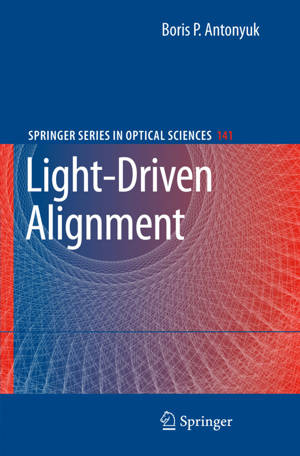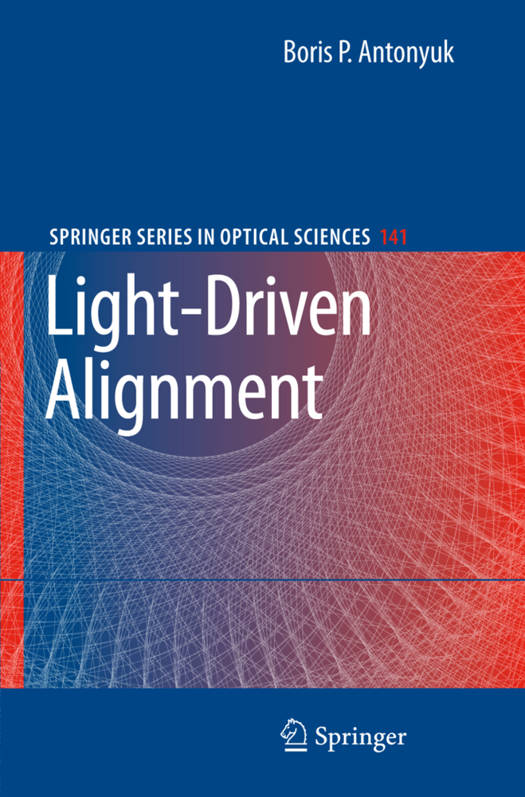
- Retrait gratuit dans votre magasin Club
- 7.000.000 titres dans notre catalogue
- Payer en toute sécurité
- Toujours un magasin près de chez vous
- Retrait gratuit dans votre magasin Club
- 7.000.0000 titres dans notre catalogue
- Payer en toute sécurité
- Toujours un magasin près de chez vous
105,45 €
+ 210 points
Format
Description
This book discusses how, in random media, light dramatically changes electron- electron interaction. Despite Coulomb repulsion, the effective interaction dem- strates attraction, even under strong pumping. Light (both coherent and natural) acts like an optical motor, transporting electrons in a direction opposite to that of the electric force direction: electric current ?ows against bias and static polarization is aligned in opposition to the applied electric ?eld. The uncommon electron transport increases the initial perturbations and is the foundation of the light-driven struct- ing of a matter. This structuring belongs to the class of self-organization phenomena of open dissipative systems and exhibits a number of fascinating properties. Light pushes electrons into spatially ordered macroscopic bunches observed in fused silica under ArF-laser irradiation. It carves material balls with ?xed diameters equal to 2 microns and throws them out of the ablation crater. Moderate light int- sity drills material, forming long channels that align with the wave vector and drill diameters can be as small as 2 microns, while the beam spot is a few millimeters. Bicolor excitation causes orientational ordering in random media. We monitored the induced transformation by measuring the emerged second harmonic signal. The orientational ordering has been used for all optical poling of glasses. Light tre- ment prepares phase-matched grating of second-order nonlinear susceptibility and provides effective second harmonic generation. All optical poling was performed in bulk materials and ?bers.
Spécifications
Parties prenantes
- Auteur(s) :
- Editeur:
Contenu
- Nombre de pages :
- 244
- Langue:
- Anglais
- Collection :
- Tome:
- n° 141
Caractéristiques
- EAN:
- 9783540698876
- Date de parution :
- 10-10-08
- Format:
- Livre relié
- Format numérique:
- Genaaid
- Dimensions :
- 157 mm x 236 mm
- Poids :
- 476 g

Les avis
Nous publions uniquement les avis qui respectent les conditions requises. Consultez nos conditions pour les avis.






